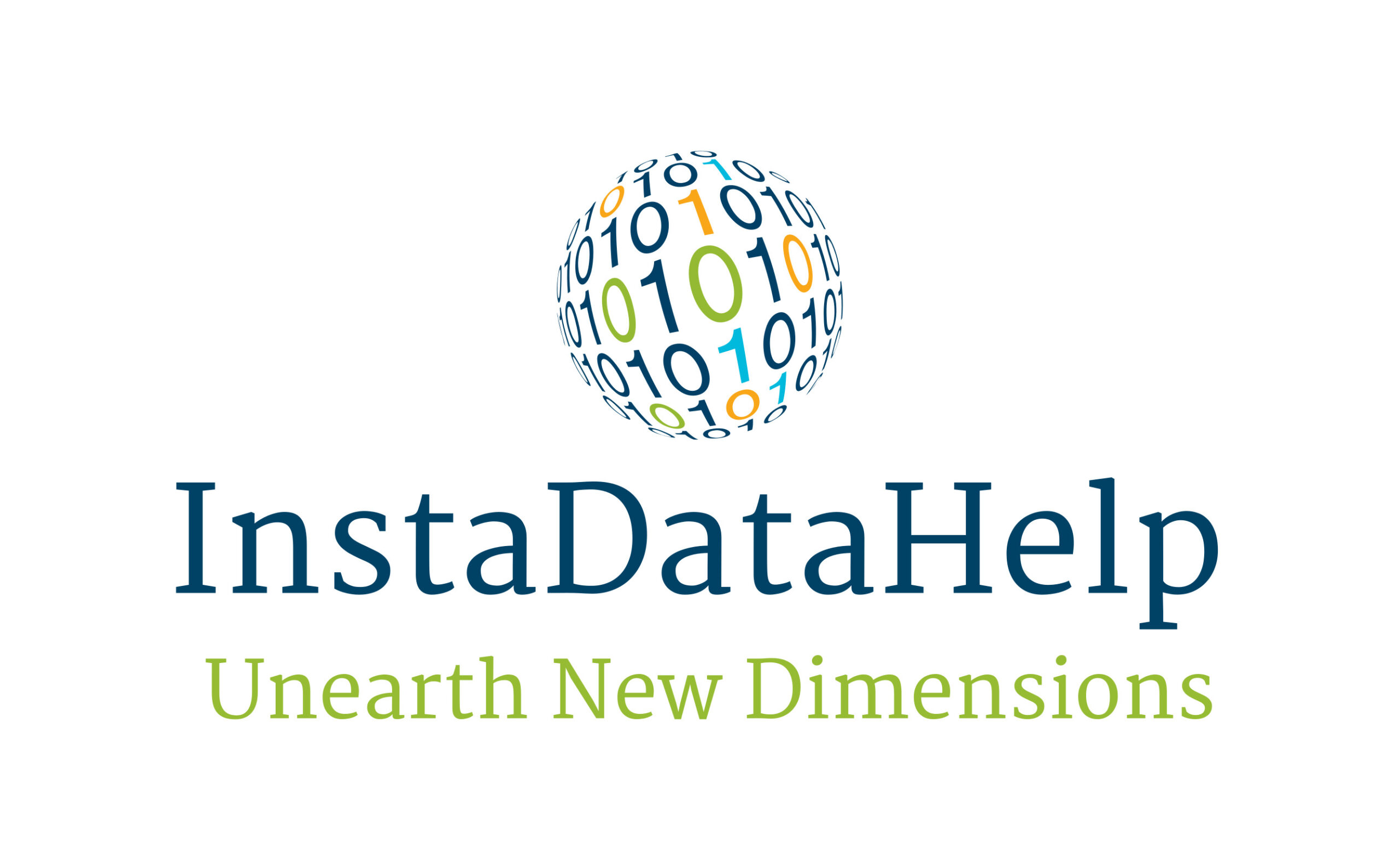Comparing the Pros and Cons of Leading Deep Learning Libraries
Deep learning has revolutionized the field of artificial intelligence, enabling machines to learn and make decisions in a way that mimics the human brain. Deep learning libraries play a crucial role in this process, providing developers with the tools and frameworks necessary to build and train deep neural networks. With a plethora of deep learning libraries available, it can be challenging to choose the right one for a specific project. In this article, we will compare some of the leading deep learning libraries, highlighting their pros and cons.
1. TensorFlow:
TensorFlow, developed by Google, is one of the most popular deep learning libraries. It offers a wide range of functionalities and supports both high-level and low-level APIs. TensorFlow’s strengths lie in its scalability, as it can efficiently handle large-scale distributed training. It also provides excellent support for deployment on various platforms, including mobile and embedded devices. TensorFlow’s extensive community and documentation make it easy to find help and resources. However, TensorFlow’s learning curve can be steep, especially for beginners, and its complex architecture can make debugging challenging.
2. PyTorch:
PyTorch, developed by Facebook’s AI Research lab, has gained significant popularity due to its simplicity and ease of use. It provides a dynamic computational graph, allowing for more flexibility and intuitive debugging. PyTorch’s strong focus on Pythonic programming makes it a favorite among researchers and academics. It also offers excellent support for GPU acceleration, making it ideal for training large models. However, PyTorch’s performance may not be as efficient as TensorFlow when it comes to distributed training on multiple GPUs or devices.
3. Keras:
Keras, now a part of TensorFlow, is a high-level deep learning library that provides a user-friendly interface for building neural networks. It offers a simple and intuitive API, making it an excellent choice for beginners or those who want to quickly prototype their models. Keras supports multiple backends, including TensorFlow, Theano, and Microsoft Cognitive Toolkit, giving users the flexibility to choose their preferred framework. However, Keras may lack some advanced features and customization options compared to other libraries.
4. MXNet:
MXNet, developed by Apache, is known for its efficiency and scalability. It provides a flexible and modular architecture, allowing users to customize their deep learning models easily. MXNet’s dynamic graph execution engine enables efficient memory utilization and faster training. It also offers support for multiple programming languages, including Python, R, and Julia. However, MXNet’s documentation and community support may not be as extensive as other libraries, making it more challenging to find resources and help.
5. Caffe:
Caffe, developed by Berkeley AI Research, is a deep learning library known for its speed and efficiency. It is particularly well-suited for convolutional neural networks (CNNs) and image processing tasks. Caffe’s simplicity and ease of use make it a popular choice for computer vision researchers. However, Caffe’s limited flexibility and lack of support for dynamic graphs can be a drawback for more complex deep learning applications.
6. Theano:
Theano, developed by the University of Montreal, is one of the earliest deep learning libraries. It focuses on optimizing mathematical expressions and provides efficient GPU acceleration. Theano’s symbolic computation allows for automatic differentiation, making it easier to compute gradients for training models. However, Theano’s development has slowed down in recent years, and it may not have the same level of community support and active development as other libraries.
In conclusion, choosing the right deep learning library depends on various factors such as project requirements, familiarity with programming languages, and the level of customization needed. TensorFlow and PyTorch are widely regarded as the leading deep learning libraries, with TensorFlow excelling in scalability and deployment, while PyTorch offers simplicity and flexibility. Keras is an excellent choice for beginners or quick prototyping, MXNet provides efficiency and modularity, Caffe is ideal for computer vision tasks, and Theano focuses on mathematical optimization. Understanding the pros and cons of each library can help developers make an informed decision and leverage the power of deep learning effectively.


Recent Comments